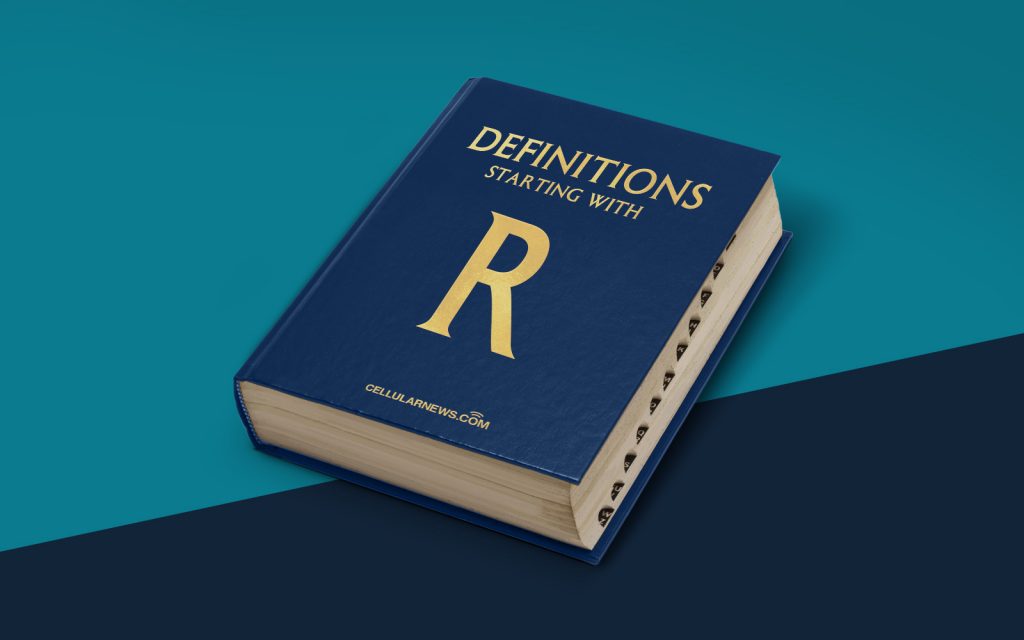
What is a Risk Assessment Framework (RAF)?
Welcome to the “DEFINITIONS” category of our blog! In this post, we will explore the concept of Risk Assessment Framework (RAF) and unravel its importance in managing risks effectively. Whether you are a business owner or an information security enthusiast, understanding RAF can help you safeguard your organization’s assets and make informed decisions to mitigate potential risks.
Key Takeaways:
- A Risk Assessment Framework (RAF) is a structured approach used to identify, assess, and manage risks within an organization.
- RAF enables businesses to evaluate risks objectively, prioritize them based on their impact and likelihood, and implement appropriate controls.
Now, let’s dive into the details and demystify the world of Risk Assessment Frameworks.
A Risk Assessment Framework (RAF) is a methodical and systematic process that organizations utilize to identify, analyze, and manage risks. It provides a structured approach for assessing potential threats, vulnerabilities, and the likelihood of them occurring. By implementing a RAF, businesses can gain a comprehensive understanding of their risk landscape and take proactive measures to mitigate or minimize those risks.
The primary goal of a RAF is to assist organizations in making informed decisions about the management of risks. This framework helps businesses prioritize risks based on their potential impact, assess the probability of occurrence, and allocate resources efficiently.
So, how does a Risk Assessment Framework work? Let’s break it down into a simple step-by-step process:
- Identifying Risks: The first step is to identify potential risks that your organization may face. This involves conducting a thorough analysis of internal and external factors that could impact your business operations.
- Assessing Risks: Once risks are identified, the next step is to assess their likelihood and potential impact. This evaluation helps in prioritizing risks and understanding their overall significance. Quantitative and qualitative risk assessment techniques can be employed for a more accurate analysis.
- Implementing Controls: After assessing the risks, organizations can implement appropriate risk controls. These controls could include preventive measures, such as security protocols, or reactive measures, such as incident response plans.
- Monitoring and Reviewing: Risk assessment is an ongoing process. Regular monitoring and reviewing of risks and controls are essential to adapt to changing circumstances and ensure continued effectiveness.
By using a Risk Assessment Framework, organizations can gain deep insights into their risk landscape, enhance their decision-making capabilities, and develop proactive strategies to mitigate risks effectively.
In conclusion, Risk Assessment Frameworks are invaluable tools for any organization aiming to manage and mitigate risks. Through a systematic and structured approach, businesses can identify potential threats, assess their impact and likelihood, and implement measures to minimize the associated risks. By embracing a RAF, organizations can proactively safeguard their assets and maintain a secure and resilient environment.
